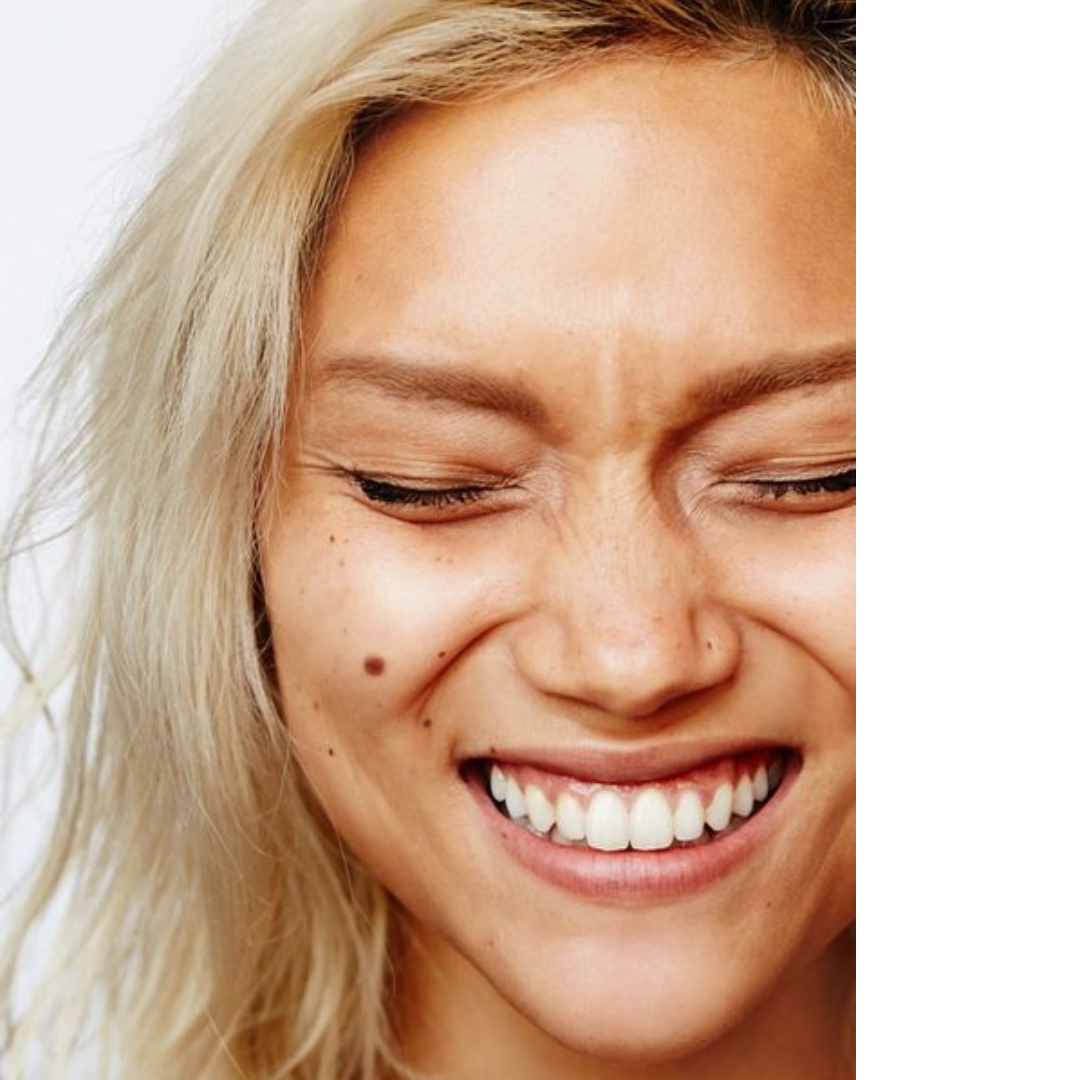
What are cosmetic allergens?
Share
A cosmetic allergen is a substance present in personal care products that can cause allergic reactions in some people. These reactions are due to sensitization of the immune system to specific substances.
What is an allergen?
An allergen is a substance capable of provoking an allergic reaction in certain people.
These substances, although generally harmless to the majority of the population, trigger an excessive immune system response in sensitized individuals. Allergens can be found in a variety of sources, including food, cosmetics, the environment and even certain medications.
For example, common food allergens include cow's milk, eggs, peanuts and fish, while environmental allergens can be pollen, dust mites or animal hair. Allergic reactions vary in intensity, from simple skin rashes and itching to more serious symptoms such as breathing difficulties and anaphylactic shock.
The frequency of allergies seems to be on the rise, which makes it crucial to raise awareness and manage allergens, notably through clear product labelling and increased vigilance in the selection of substances present in your daily environment.

What allergens are present in cosmetics?
At present, 26 allergenic substances have been identified by the Scientific Committee on Consumer Safety (SCCS) and are officially listed in Annex III of Cosmetics Regulation n°1223/2009 - n°89. Consequently, the cosmetics industry must comply with regulatory requirements and indicate these substances on the packaging of finished cosmetic products when their concentration exceeds a certain threshold. This obligation is essential to inform consumers who know they may be allergic to one or more substances on this list. Whether of natural or synthetic origin, the majority of these allergens are fragrance components or constituents of essential oils.
Allergens in cosmetic products can cause a range of allergic reactions, from mild skin irritation to severe allergic reactions. It's crucial to read ingredient lists carefully and stay informed about substances to which you may be sensitive.
Here is a list of the most common allergens found in cosmetic products:
1. Perfumes and fragrances
- Reactions : May cause allergic contact dermatitis.
- Common examples: Limonene, linalool, eugenol, geraniol.
2. Curators
- Description: Added to prevent the growth of bacteria and mould.
- Reactions : May cause skin irritation and allergic reactions.
- Common examples: Parabens (methylparaben, propylparaben), methylisothiazolinone (MIT), methylchloroisothiazolinone (CMIT), formaldehyde and formaldehyde releasers (quaternium-15, DMDM hydantoin).
3. Dyes
- Reactions : May cause skin irritation and allergies.
- Common examples: Coal tar dyes, paraphenylenediamine (PPD), azo dyes.
4. Essential oils
- Description: Used for their aromatic and sometimes therapeutic properties.
- Reactions: May cause allergic reactions and irritation, especially on sensitive skin.
- Common examples: Lavender oil, tea tree oil, citronella oil.
5. Metals
- Description: Present in certain pigments and dyes.
- Reactions : May cause contact dermatitis.
- Common examples: Nickel, cobalt, chromium.
6. Animal and plant proteins
- Description: Used for their moisturizing and nourishing properties.
- Reactions : May cause allergic reactions in sensitized individuals.
- Common examples: Cow's milk, collagen, silk, oats, wheat.
7. Emulsifying agents
- Description: Used to stabilize water-oil mixtures.
- Reactions : May cause skin irritations and allergies.
- Common examples: Lanolin, polysorbates, stearates.
8. Alcohols and solvents
- Description: Used for their disinfectant properties and as solvents.
- Reactions : May dry skin and cause irritation.
- Common examples: Denatured alcohol, propylene glycol, ethanol.
9. Natural preservatives
- Description: Used as natural alternatives to synthetic preservatives.
- Reactions : May cause allergic reactions in some people.
- Common examples: Grapefruit seed extract, essential oils (such as thyme and oregano).

What to do in case of allergy
In the event of allergy due to the application of a cosmetic care product, it's important to follow a few steps to minimize symptoms and avoid complications. Here's what you can do:
1. Stop using the product immediately
Stop using the suspected cosmetic product immediately. Do not attempt to reapply it, even in small quantities.
2. Wash affected area
Rinse the affected area thoroughly with lukewarm water to remove any product residue. Avoid soaps or other cleansing products that may aggravate irritation.
3. Apply cold compresses
Use cold compresses or ice cubes wrapped in a clean cloth to soothe irritated skin and reduce inflammation and itching.
4. Use soothing creams
Apply a soothing or anti-inflammatory cream, such as hydrocortisone, to reduce redness and itching. Consult a pharmacist or physician before applying medicated creams.
5. Take antihistamines
If the allergic reaction is more severe, oral antihistamines may help reduce symptoms. Consult a healthcare professional to find out which medication is best for you.
6. Consult a healthcare professional
If symptoms persist or worsen, consult a dermatologist or allergist. They can carry out tests to identify the precise allergen responsible and recommend appropriate treatment.
7. Identify the allergen
Try to identify the ingredient or ingredients in the product that caused the allergic reaction. This may involve carefully reading the product's ingredient list, or performing allergy tests with the help of a healthcare professional.
8. Avoid similar products
Avoid using cosmetics containing the same or similar ingredients to those that caused the allergy. Opt for hypoallergenic, fragrance-free products specifically formulated for sensitive skin.
9. Report reaction
Report the allergic reaction to the cosmetics manufacturer and your local health authority. This can help improve the safety of cosmetic products for all consumers.
10. Keep a skin reaction diary
Keep a diary of any skin reactions you experience. Note the products used, the symptoms and the actions taken. This can help you identify trends and avoid allergens in the future.
